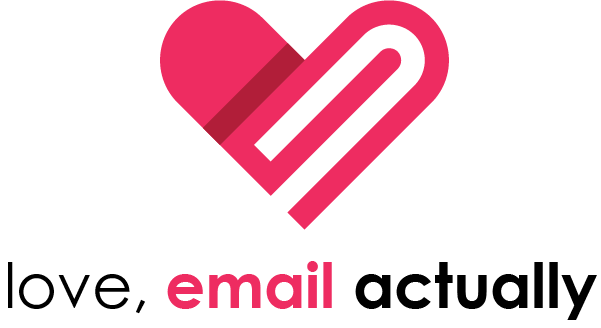Migrating from Your ESP to HubSpot Without the Headaches
Switching from a traditional Email Service Provider (ESP), such as Mailchimp or the like, to HubSpot can feel overwhelming. HubSpot isn’t just another email tool; it’s a complete growth platform that unites your marketing, sales, and customer relationships under one roof.
If you’ve outgrown your current ESP or are tired of juggling disconnected tools, this move could be the game-changer your business has been waiting for.
Which Hub is Right for You?
HubSpot offers many “hubs,” but you don’t need to get them all at once. Depending on your needs, your may decide to start with the Marketing Hub before adding on the Sales Hub or the Operations Hub.
It’s important to do proper research about the features within each hub before making a commitment even for just one of them.
How Much Would I Need to Be Able to Invest in HubSpot?
HubSpot does come with a higher price tag and an annual commitment (you can’t use it month-to-month for example and cancel at any time). Their Marketing hub, which includes email marketing, can start around $900/month (or 10k annually) and includes up to 2,000 contacts. For a company with 30,000-40,000 contacts, you could be looking at over 20k annually.
If you’re worried about the pricing, it’s worth reviewing all the different tools that are included in the “hub” you are interested in.
For example, HubSpot includes a robust CRM. If your company currently uses Microsoft Dynamics as your CRM, switching to HubSpot’s CRM may help to offset the expense. In other words, if you were to cancel Microsoft Dynamics (or whichever CRM you currently use) and your traditional ESP, you may not be paying that much extra to transition into HubSpot.
How to Transition Smoothly
If you’re at a point where you’ve done the research and are ready to make the move to HubSpot, here are some recommendations based on personal experience.
1. Preparation is Key
Start with a full audit of your current ESP. Which reports need to be exported? What lists are critical? Which automations drive the most results? Knowing what you must bring with you makes the migration smoother.
Also, be prepared to transition slowly. As you start sending emails out of HubSpot and ramping up (especially if you decide to use a dedicated IP versus shared IPs), you might still be sending emails from your traditional ESP to the contacts that haven’t made the move yet and be sending emails in HubSpot at the same time. Ensure your team is prepared to handle all moving pieces effectively.
2. Data Migration
HubSpot makes importing data surprisingly simple. From contacts to email templates to workflows, you’ll want to ensure everything transfers accurately.
Take this opportunity to go through your contacts and remove the “bad apples.” Think of this as spring-cleaning your database, which means leaving behind outdated lists, contacts who never engaged with you, or old templates that no longer serve you.
3. Training & Adaptation
Don’t just switch—invest time in learning. HubSpot’s knowledge base, training academy, and certifications are excellent resources to get your team comfortable quickly. The more familiar your team is, the faster you’ll start seeing ROI.
Lessons Learned from the Migration Process
In this podcast episode, I share key lessons learned that could have improved our migration experience. Take a listen and subscribe to the Podcast for more weekly tips and exercises.
The Benefits of HubSpot
Integrated CRM – Unlike most ESPs, HubSpot comes with a built-in CRM, so your marketing, sales, and service teams can work from the same data.
Advanced Analytics – Move beyond open and click rates. With HubSpot, you’ll see exactly how your efforts impact revenue and customer behavior. This does take some set-up, so make sure you invest enough time getting your reporting needs just right.
Scalability – Whether you’re a small team or a growing enterprise, HubSpot grows with you. Add tools and functionality as you need them.
Conclusion
Make sure you’re not rushing through the process and skipping important steps. Transitioning from a traditional ESP to HubSpot is more than a tool upgrade—it’s a strategic shift toward a smarter, more connected way of doing business. Yes, it takes planning and a little patience, but if done correctly this could end up being one of the smartest moves your company makes.
